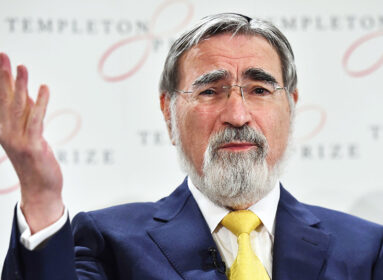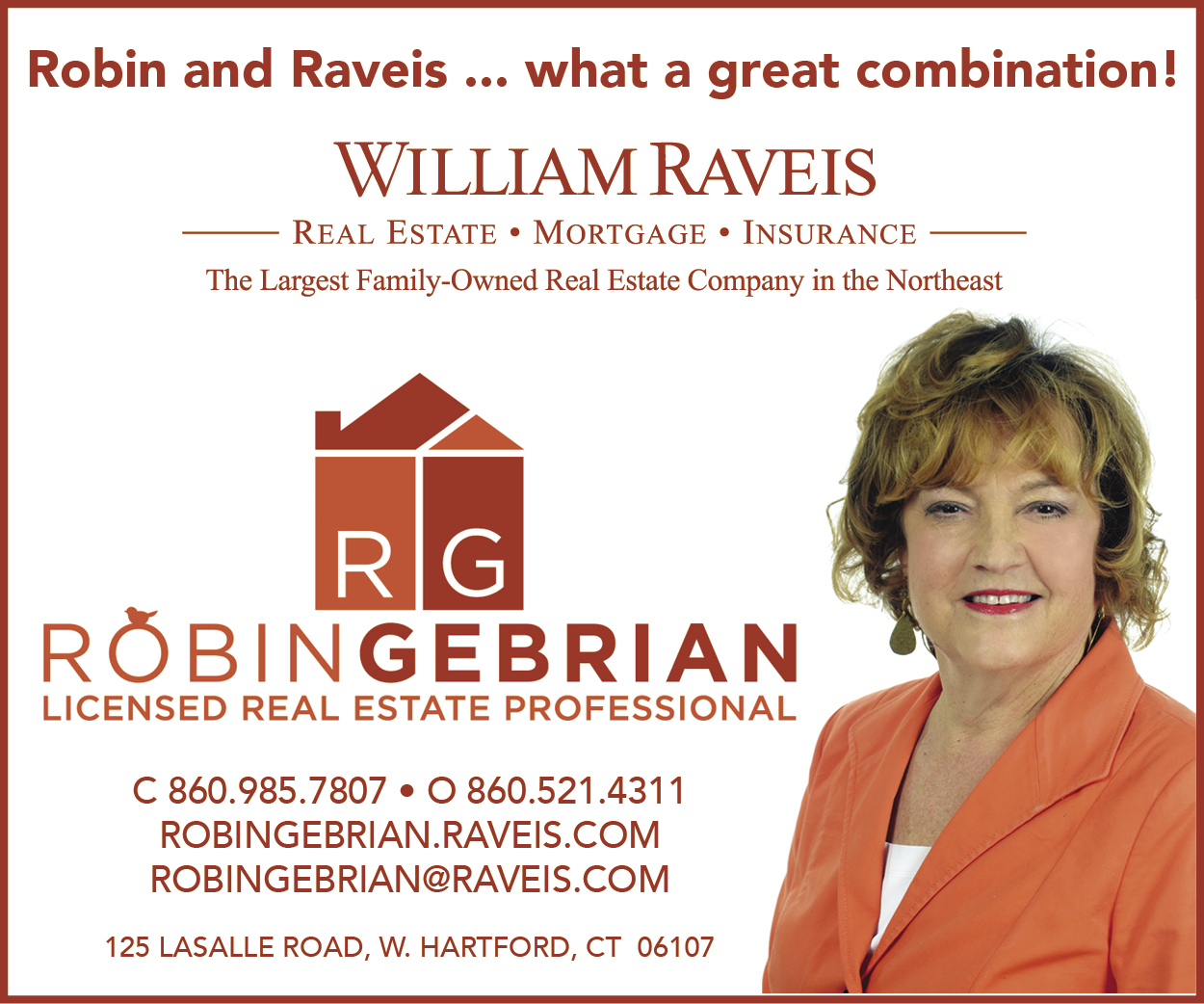
February is Jewish Disabilites Month
By Cindy Mindell

JB Bensmihen speaking the Friendship Circle event on Sunday, Feb. 12 at the Mandell JCC in West Hartford.
Joseph “JB” Bensmihen was born in Montreal in 1969, the child of Moroccan-Jewish immigrants. Diagnosed with spastic cerebral palsy, Bensmihen was not expected to walk.
At age seven, informed that Canadian law required that he attend a special education school, Bensmihen walked into Prime Minister Pierre Trudeau’s office, asked for an immediate meeting with the head of state, and was granted his request. Five years later, he and his father succeeded in changing the law, and Bensmihen was the first Canadian student with disabilities to be mainstreamed in a public school.
Ever since, Bensmihen has been an active advocate for inclusion.
In 1991, he graduated from Yeshiva University with a BA in Political Science and then spent two years working at the Bank of Montreal teaching employers how to mainstream talented people with disabilities into the financial sector. He earned a master’s degree from the Wurtzweiler School of Social Work in 1995 and worked as a social worker at Home Health Corporation of America. In1998, he founded United Elder Care Services, a private-duty home-healthcare company. That year, he moved to Boca Raton where, in 2003, he opened Boca Home Care, a Medicare-certified agency. In 2006, he was elected president of Private Care Association of Florida and, in 2010, he was named president of PCA National. Bensmihen served as president of the Florida Guardianship Corporation, where he also worked as a court-appointed guardian.

Fairfield County’s Young Israeli Emissaries joined in the fun and games at Circle of Friends Sunday Circle/Teen Scene.
In commemoration of Jewish Disability Awareness Month, Bensmihen has made two stops in Connecticut, co-sponsored by the Ruderman Inclusion Initiative: one hosted by the Stamford-based Friendship Circle of Fairfield County, the other hosted by the Friendship Circle, a project of Chabad of Greater Hartford, co-sponsored by the Jewish Federation of Greater Hartford.
“We sometimes don’t realize how there are simple ways we can be more inclusive,” says Rabbi Shaya Gopin, co-director of Friendship Circle at Chabad of Greater Hartford. “It’s not necessarily something difficult; it’s more an awareness and a mindset that enables us to be a much more inclusive community and enables people with disabilities to participate and truly be part of the community. We’re trying to shift the mindset and empower the average person. There are certain things that organizations do but the general shift in attitude is in day-to-day life and interactions of people with each other, enabling us to be more inclusive.”
Freida Hecht agrees.
“I was talking to a family who told me that, for years at their temple, no one wanted to sit near them,” says Hecht, who serves as the director of the Norwalk-based Circle of Friends Connecticut, a that engages more than 120 families and individuals with disabilities, and 150 teen volunteers, throughout Upper Fairfield County. “You don’t want to sit near a child who may look different or who makes clicking sounds or who seems to be disruptive. Now, the Circle of Friends volunteers who come to their home, together with their families, seek them out every holiday and sit with them in synagogue. More and more people are reaching out, whereas before, some people were the invisible. This is what inclusion means, that wherever you go, you are embraced and never excluded.”
Gopin says that inclusiveness runs deep in Judaism. “V’ahavta l-re’ekha kamokha – loving your fellow as yourself – is inherent to Judaism, but that also includes putting your mindset into understanding the other,” he says. “Judaism inherently is about feeling that we are one body, one entity and never to be content about what I can enjoy; the question is always, ‘Is there someone who’s not able to participate in things that most people take for granted?’ Our objective is to give people tools and ideas to think in that direction.”
Bensmihen spoke with the Ledger about what it takes to be a truly inclusive community.
Q: Your first book, Taking Your Place at the Table: The Art of Refusing to Be an Outsider, will be published in October. How does it reflect your own experiences as a person with cerebral palsy?
A: The motivation for writing the book was to memorialize stories between my father and me. He passed away unexpectedly. While I was growing up, he would tell me that I should write the stories about things that happened to me without my realizing that I was overcoming obstacles. I wrote a book about how he and I had accomplished things together. By the time I got to the 15th chapter, I realized that I had a book. I went from writing a personal memoir to thinking about publishing a book. While not every lesson in the book applies to every single person, and while I don’t know everyone’s personal and individual struggle, something in the book applies to you.
The book talks about the different “tables” that people go to. Some people know which table they belong at; others aren’t sure. I walk through a series of different tables that everyone can attend. Sometimes you need to be dependent on others around you to encourage you to stay at that table. There are other tables where you aren’t invited and you decide to show up anyway and you convince others that you belong. There are other tables – aptitude and ability – and inheritance: if I’m the son of the Queen of England, I inherit the right to be a prince.
The two that I focus the most on are a table that you’re not invited to, where you make a place for yourself and stay; and a table where others are encouraging you to stay but where you don’t feel you belong.
The book is based on my own experience and my own biases of people’s perceptions of those who have cerebral palsy and their abilities or lack thereof.
Q: Can you give us an example of your “biases of people’s perceptions” of you as someone with cerebral palsy?
A: When I spoke in Westport a couple of weeks ago, someone asked me, “When did you realize that you were different?”
I never had a perception or a belief that there was something that I could not do. I think I first learned that I couldn’t do something when someone told me that I couldn’t do something. I didn’t know I was disabled until I was 12. When you’re five or six or seven everyone’s on the same tricycle or the same training wheels. I was an equal then, but as soon as they graduated to a bigger bicycle, my three-wheel tricycle just got bigger. There was not enough there to deter my belief that I was just like everybody else. It didn’t translate into, “Woe is me, I can’t join the basketball team;” that never entered my thought process. Every obstacle was individual and unique, so if I couldn’t do one thing, it didn’t mean that I couldn’t do something else. I attribute that to the fact that, every night before I went to sleep, my father would remind me that I was the best.
Q: In your presentations, and in the general communal conversation about inclusivity, the idea is to move from talking about being inclusive to actually creating inclusive Jewish communities. How do you help people do that?
A: I’ll use the example of the mall. What you have to realize is that, when you see a person with a disability go to the mall, it took them a lot more effort to get there – it took them a lot more effort to get their van or their wheelchair ready, to overcome their fear of being made fun of – whatever they had to do to get to the mall that day, it took them that much more strength to get there.
I get incredulous when I look at adults who will turn away or pretend that they don’t see a person with a disability. So this attitude should start from a very early age: if you’re at the mall and your child is young and you see a person in a wheelchair or you see a person with Down syndrome – if you see a person who’s different — they’re no different than you: they got up, they got dressed, they got themselves to the mall, and they’re there to have a good time. You’ve got to put yourself in those shoes. If people could just begin to act normal toward a person who has a disability, you’ll notice that the disability is just a part of a very normal person. It’s your job to bring that out in them: you be you and don’t worry about what you’re going to find on the other end.
There are only two kinds of people in the world: you’re either able-bodied or disabled, and the news flash is that anybody who is able-bodied today could become disabled tomorrow.
Q: Are you seeing successful efforts in building inclusive communities?
A: I find the most successful efforts are when people with disabilities go to college; that’s where the barriers are broken. People in college don’t have time to try to figure out how you got there; they have time for, “Do you want to join the X club?” or “You’re here, let’s become friends.” The source of isolation for people with disabilities happens up until they get to college, so we have to figure out a way to encourage people with disabilities to get to college, and that is probably their biggest opening to success.
As an expert, I can tell you what has worked in terms of inclusion. It’s to get these individuals to college, and that’s where they blossom. So what is the Jewish community going to do to make sure these kids get there? To use my social-work terminology, I’m trying to create the best care plan for this person to be successful. I would say that, if you can get them to college, they’re home free.
Inclusion programs in the CT Jewish community
Circle of Friends of Connecticut
circleoffriendsct.org
(203) 293-8837
Friendship Circle of Fairfield County
friendshipct.com
(203) 329-0015, ext. 131
Friendship Circle: A project of Chabad of Greater Hartford
friendshipcirclect.com
(860) 232-1116







 Southern New England Jewish Ledger
Southern New England Jewish Ledger













